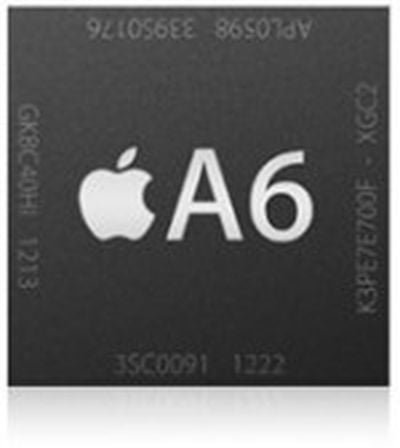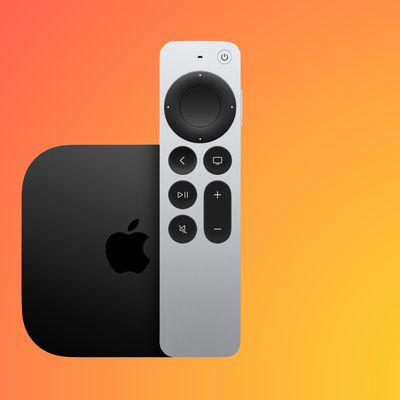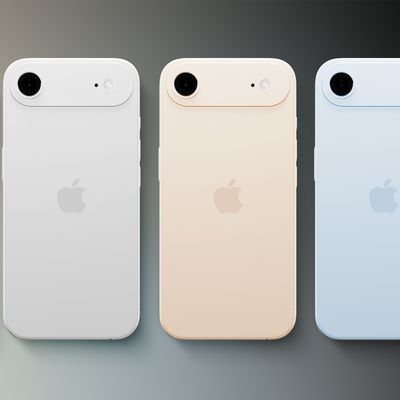More Details on Apple's New Orlando 'GPU Design Center'
 We've learned more details about Apple's new 'GPU Design Center' in Orlando, Florida, following our reporting from earlier this week.
We've learned more details about Apple's new 'GPU Design Center' in Orlando, Florida, following our reporting from earlier this week.
Sources told MacRumors that the engineers Apple hired recently were not laid off from AMD, but were instead actively recruited -- largely via their LinkedIn profiles. Apple is said to have learned that many of AMD's 3D graphics patents were issued from its Orlando offices and targeted this area specifically. AMD has job listings for its Orlando offices to fill several of these recently vacated positions.
The temporary office space that Apple has leased for the new team in Orlando is located very close to AMD's campus in the city, though Apple is reportedly building permanent offices as well. Apple hired more than twenty employees from AMD and recruited more than that, with Apple reportedly looking to build the GPU team up to roughly forty engineers.
The newly hired employees are said to be reporting to the Austin-based former Intrinsity team that Apple acquired two years ago. Intrinsity technology was used in the A4 processor, and their expertise has contributed to Apple's more recent chips as well.
With its hiring of these 3D graphics specialists, Apple is likely working to redevelop its 3D graphics capabilities in its iOS devices. The company has made a number of acquisitions in recent years to revamp its chip design capabilities, and this new team would seem to supplement those efforts.
Popular Stories
Apple will launch its new iPhone 17 series in two months, and the iPhone 17 Pro models are expected to get a new design for the rear casing and the camera area. But more significant changes to the lineup are not expected until next year, when the iPhone 18 models arrive.
If you're thinking of trading in your iPhone for this year's latest, consider the following features rumored to be coming...
A new Apple TV is expected to be released later this year, and a handful of new features and changes have been rumored for the device.
Below, we recap what to expect from the next Apple TV, according to rumors.
Rumors
Faster Wi-Fi Support
The next Apple TV will be equipped with Apple's own combined Wi-Fi and Bluetooth chip, according to Bloomberg's Mark Gurman. He said the chip supports ...
Apple's next-generation iPhone 17 Pro and iPhone 17 Pro Max are only two months away, and there are plenty of rumors about the devices.
Below, we recap key changes rumored for the iPhone 17 Pro models.
Latest Rumors
These rumors surfaced in June and July:A redesigned Dynamic Island: It has been rumored that all iPhone 17 models will have a redesigned Dynamic Island interface — it might ...
Apple does not plan to refresh any Macs with updated M5 chips in 2025, according to Bloomberg's Mark Gurman. Updated MacBook Air and MacBook Pro models are now planned for the first half of 2026.
Gurman previously said that Apple would debut the M5 MacBook Pro models in late 2025, but his newest report suggests that Apple is "considering" pushing them back to 2026. Apple is now said to be...
iPhone 17 Pro and iPhone 17 Pro Max models with displays made by BOE will be sold exclusively in China, according to a new report.
Last week, it emerged that Chinese display manufacturer BOE was aggressively ramping up its OLED production capacity for future iPhone models as part of a plan to recapture a major role in Apple's supply chain.
Now, tech news aggregator Jukan Choi reports...
The long wait for an Apple Watch Ultra 3 is nearly over, and a handful of new features and changes have been rumored for the device.
Below, we recap what to expect from the Apple Watch Ultra 3:Satellite connectivity for sending and receiving text messages when Wi-Fi and cellular coverage is unavailable
5G support, up from LTE on the Apple Watch Ultra 2
Likely a wide-angle OLED display that ...
In select U.S. states, residents can add their driver's license or state ID to the Wallet app on the iPhone and Apple Watch, providing a convenient and contactless way to display proof of identity or age at select airports and businesses, and in select apps.
Unfortunately, this feature continues to roll out very slowly since it was announced in 2021, with only nine U.S. states, Puerto Rico,...
The iPhone 17 and iPhone 17 Air will be available in a total of nine color options, according to new information coming out of Asia.
The iPhone 17 Air's expected color options.
According to the leaker going by the account name "yeux1122" on the Korean blog Naver, accessory manufacturers are now producing camera protector rings for the iPhone 17 and iPhone 17 Air in colors to match their...
 We've learned more details about Apple's new 'GPU Design Center' in Orlando, Florida, following our reporting from earlier this week.
We've learned more details about Apple's new 'GPU Design Center' in Orlando, Florida, following our reporting from earlier this week.



















